Premium Only Content
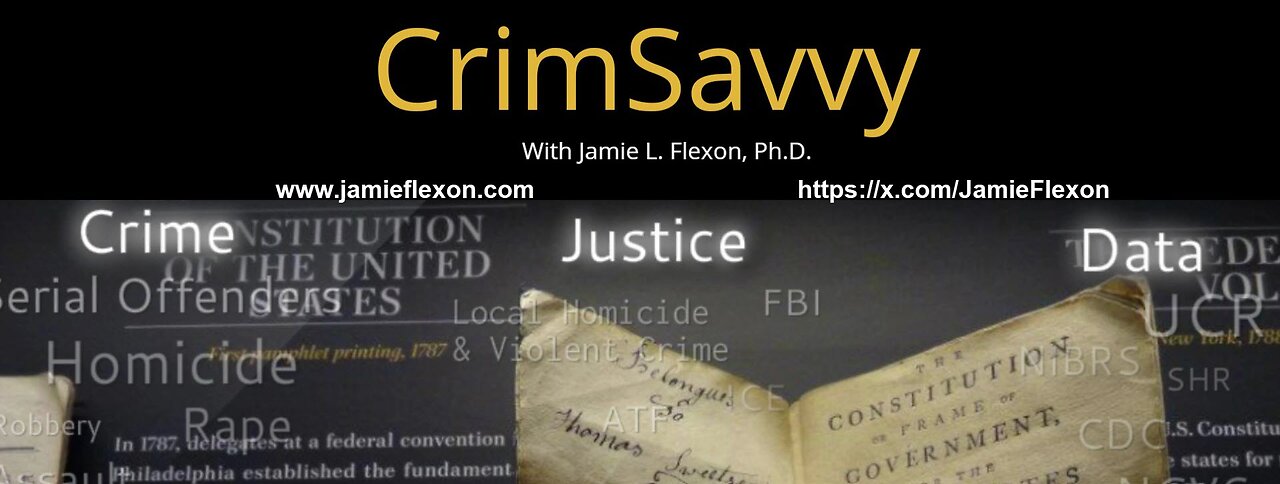
CrimSavvy: Birds of a Feather: Why Delinquent Friends Matter in Crime
Who you hang out with matters — a lot. In this video, we explore how peer influence shapes delinquency, why criminologists must control for delinquent peers in their models, and what major theories say about the mechanisms behind “birds of a feather” behavior.
Foundational Theories of Peer Influence
Differential Association Theory
Sutherland, E. H. (1947). Principles of criminology (4th ed.). J. B. Lippincott.
Sutherland, E. H., Cressey, D. R., & Luckenbill, D. F. (1992). Principles of criminology. Altamira Press.
• Explains how criminal behavior is learned through interaction with others.
Social Learning Theory
Akers, R. L. (1998). Social learning and social structure: A general theory of crime and deviance. Northeastern University Press.
Akers, R. (2017). Social learning and social structure: A general theory of crime and deviance. Routledge.
• Expands on Sutherland’s ideas by incorporating reinforcement, modeling, and definitions.
Social Bond (Control) Theory
Hirschi, T. (1969). Causes of delinquency. University of California Press.
• Argues that strong social bonds reduce the likelihood of deviance.
Group Contagion / Network Models
Haynie, D. L. (2001). Delinquent peers revisited: Does network structure matter? American Journal of Sociology, 106(4), 1013–1057. https://doi.org/10.1086/320298
• Demonstrates how peer network structures influence delinquent behavior.
Labeling and Identity Theories
Matsueda, R. L. (1992). Reflected appraisals, parental labeling, and delinquency: Specifying a symbolic interactionist theory. American Journal of Sociology, 97(6), 1577–1611. https://doi.org/10.1086/229940
• Shows how peer and parental labeling shape identity and behavior.
Empirical Findings on Peer Influence (& Model Misspecification)
Importance of Controlling for Delinquent Peers
Gottfredson, M. R., & Hirschi, T. (1990). A general theory of crime. Stanford University Press.
• Notes how failure to control for peer effects risks confounding causal explanations of delinquency.
Warr, M. (2002). Companions in crime: The social aspects of criminal conduct. Cambridge University Press.
• Provides detailed empirical evidence on how peers influence offending, including selection vs. socialization.
Thornberry, T. P., Lizotte, A. J., Krohn, M. D., Farnworth, M., & Jang, S. J. (1994). Delinquent peers, beliefs, and delinquent behavior: A longitudinal test of interactional theory. Criminology, 32(1), 47–83. https://doi.org/10.1111/j.1745-9125.1994.tb01146.x
• Shows the reciprocal relationship between delinquent peers and behavior over time.
-
 9:37
9:37
Film Threat
8 hours agoSHELBY OAKS REVIEW | Film Threat
7.74K6 -
 35:40
35:40
The Mel K Show
3 hours agoMel K & Dr. Mary Talley Bowden MD | Heroes of the Plandemic: Doing What is Right No Matter the Cost | 10-25-25
26K10 -
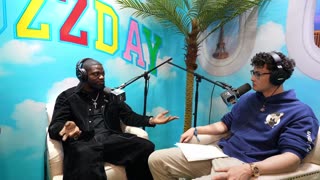 3:06:20
3:06:20
FreshandFit
8 hours agoNetworking At Complex Con With DJ Akademiks
199K22 -
 LIVE
LIVE
SpartakusLIVE
6 hours agoThe King of Content and the Queen of Banter || Duos w/ Sophie
209 watching -
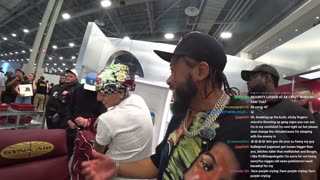 1:47:12
1:47:12
Akademiks
6 hours agoLive on complexcon
36.6K4 -
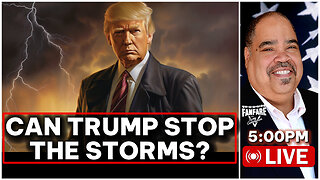 3:07:36
3:07:36
Barry Cunningham
8 hours agoCAN PRESIDENT TRUMP STOP THE STORMS? ON AIR FORCE ONE | SNAP BENEFITS | MAMDANI | SHUTDOWN DAY 25
38.8K36 -
 13:38
13:38
Exploring With Nug
13 hours ago $0.09 earnedWe Searched the Canals of New Orleans… and Found This!
30.8K6 -
 13:36
13:36
Clintonjaws
1 day ago $0.12 earnedCBC 2024 Election Night - Highlights - This Is Priceless!
66.5K20 -
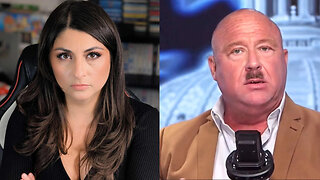 23:20
23:20
Lady Decade
9 hours ago $0.30 earnedI Spent The Night With Alex Jones
37.2K34 -
 3:40:07
3:40:07
SavageJayGatsby
8 hours agoSpicy Saturday – Goblin Cleanup Chaos! 💀🌶
22.5K